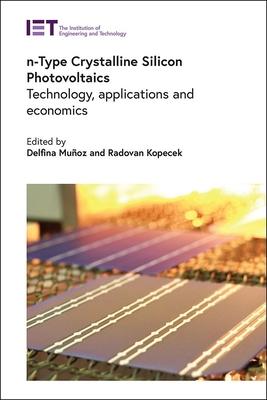Most solar cells currently are of the so-called p-type, with "p" standing for positive. Their thickest layer, the base, is Silicon doped with Boron, which has fewer electrons than pure Silicon. P-type Silicon contains Boron-Oxygen defects, which trap electrons and removing them from the photovoltaic current.
N-type solar cells, with the base doped with phosphor and thus richer in electrons, does not have these defects, and are less prone to light induced degradation. This enables efficiencies of up to 25%. They used to be more expensive, but due to improved manufacturing technology, the cost difference has shrunk, making n-type solar cells an attractive commercial option. Challenges in the production process and regarding degradation remain to be solved.
This work conveys the state of R&D for n-type solar cells and modules. With a systematic build-up, chapters are covering the base material, wafer production, cell concepts, passivation, and module encapsulation and interconnection.
